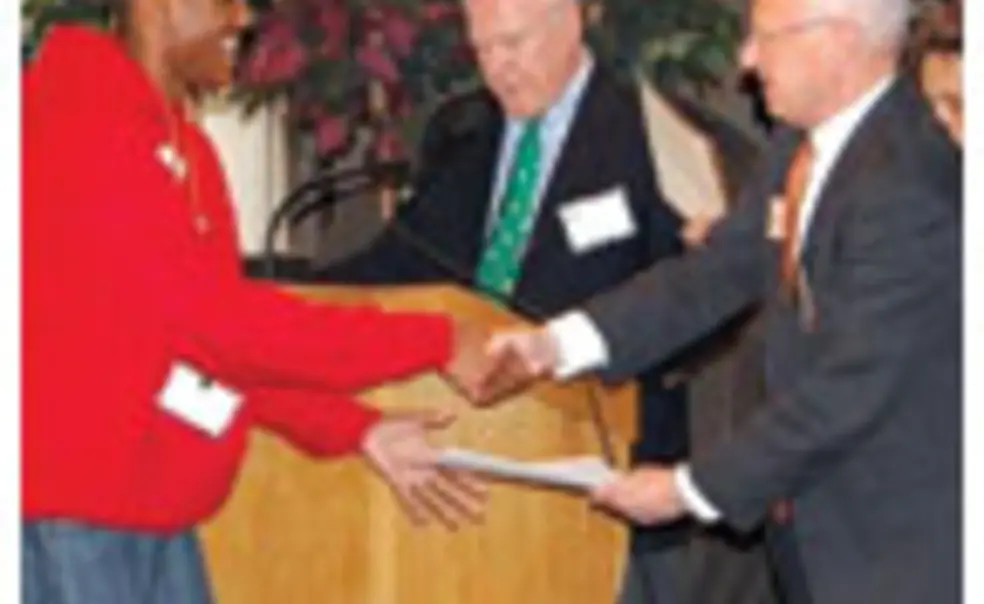From the Editor
Last month, Princeton held what could become a tradition: a symposium on race relations to honor high school students who have worked to improve relations in their schools and communities.
The Princeton Prize Symposium on Race marked the coming-of-age of a five-year-old, alumni-driven program that seeks to recognize young people attacking an old problem. The Princeton Prize now is offered in 21 regions across the United States; the symposium brought together 18 prizewinners to talk about what they had accomplished and to hear from adults who deal with racial issues in their own work.
The students listened to people like Trenton Mayor Douglas Palmer, along with professors and community activists. And the adults heard from the students. There was Allen Kent Williams, a senior at the School of the Arts in Rochester, N.Y., who wrote a poem that powerfully linked the problems of the past with those of the present: slavery with poverty; lynching with police brutality; the challenges facing 1950s and ’60s civil-rights activists with those facing Hurricane Katrina survivors. Williams’ poem — you can hear him read it at www.princeton.edu/paw — has started conversations wherever he has recited it.
And those attending heard from Alir H. Rothwell, from Chester High School near Philadelphia, who has helped to lead a camp program for at-risk youth and has mentored five teenage boys. Sidney Mandell Johnson of Germantown High School in Memphis was there, too; he was concerned about self-segregation in his school cafeteria and led a “Mix It Up” day to address it. The adults also listened to three students at Packer Collegiate Institute in New York City — Adememi Mchunguzi and Ali and Marcel Salas — who made a documentary exploring biased language, such as the “N-word” and “that’s so gay.”
At the symposium, the Princeton Prize’s founder, Henry Von Kohorn ’66, thanked the students for what they had taught him — not least, the importance of discussing racial issues. Taking an idea from Fred Dashiell ’76, the Princeton Prize board now discusses topics related to race at its own meetings. What are the experiences of African-American alumni, for example? Is racial humor ever appropriate? How do Latino students fare at Princeton? The discussions may not be easy, but they’re always important. As Von Kohorn said: “We are reminded of why we’re involved in the first place, and, more importantly, we have come to better understand and appreciate each other.”
This issue presents another rite of spring: the blossoming of campus. Beginning on page 20, photographer Ricardo Barros vividly illustrates how the decades-old work of master gardener Beatrix Farrand continues to color Princeton; senior writer Mark F. Bernstein ’83 explains how today’s landscape planners are preserving her legacy, even as they create their own.












No responses yet